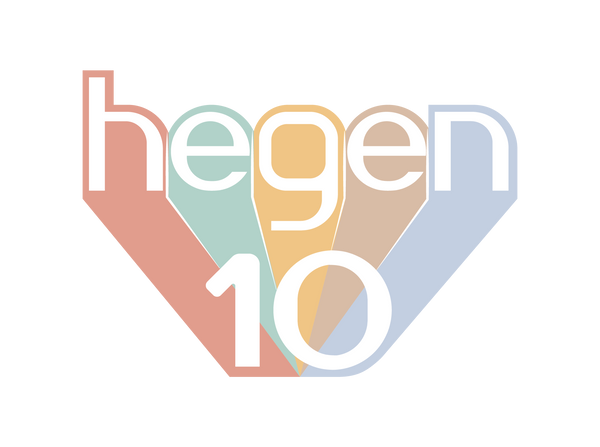
Transitioning your baby to solid foods marks a significant milestone in parenting. By the time your little one hits the 6-month mark, you’ve likely got breastfeeding or bottle-feeding down to a science. But as with all things in parenthood, change is on the horizon! Your baby is ready to explore the world of solid foods, creating opportunities for delightful bonding experiences over mealtimes. With the right guidance and innovative baby feeding essentials from our new Mealtime Collection, you can transform weaning into a joyous adventure for both you and your child. Here’s everything you need to know to embark on this exciting journey.
When to start weaning your baby
Weaning, the gradual introduction of solid foods alongside continued breast milk or formula, is a crucial phase in your child’s development. It equips them with the skills needed for eating solid foods and provides essential nutrients beyond what milk alone can offer.
Most experts suggest beginning weaning around six months, with HSC Public Health Agency advising not to start earlier than four months. During this process, breast milk or formula remains the primary nutrition source until your baby turns one. Keep an eye out for these signs indicating your baby might be ready for solids:
- Sitting up with minimal support: Your baby should be able to sit upright and hold their head steady.
- Showing interest in food: If your baby starts reaching for your food or watches intently as you eat, it might be time to introduce solids.
- Losing the tongue-thrust reflex: This reflex, which pushes food out of your baby's mouth, usually disappears around six months.
Always consult your paediatrician before starting weaning to ensure your baby is ready and to address any concerns you may have.
Different methods for weaning
There are various approaches to weaning, each with its own benefits and challenges. Let’s explore two popular methods, Traditional Weaning and Baby-Led Weaning (BLW).
Traditional Weaning
This method involves spoon-feeding your baby and gradually introducing more solid foods. It typically starts with smooth purees and progresses to mashed, chopped, finger foods and small bites.
Benefits:
- Controlled Portions: Parents can measure and control the amount of food their baby consumes, making it easier to track nutritional intake and identify any potential allergies.
- Gradual Texture Changes: This method helps babies gradually adjust from smooth purees to more complex textures, reducing the risk of choking and making it easier for babies to learn to chew.
- Minimises Mess: Spoon-feeding tends to be less messy compared to self-feeding, as parents can guide the food directly into the baby’s mouth, reducing spills and clean-up time.
Challenges:
- Longer Preparation Time: Preparing purees can be time-consuming as it requires caregivers to blend and mash foods regularly.
- Texture Dependency: Babies might become accustomed to the smooth texture of purees and resist transitioning to more solid foods later on.
Baby-Led Weaning (BLW)
BLW encourages babies to self-feed from the beginning, allowing them to explore foods at their own pace using their hands.
Benefits:
- Fosters Togetherness: Baby eat the same food as the rest of the family, which can make mealtime more inclusive and enjoyable while encouraging healthy eating habits.
- Encourages Independence: Babies learn to control their own food intake, promoting autonomy and decision-making skills.
- Develops Fine Motor Skills: Handling different food shapes and textures help improve hand-eye coordination and dexterity.
Challenges:
- Messier Mealtimes: BLW allows your little one to explore food at their own pace, which means making a mess at nearly every meal!
- Potential Choking Risk: There may be a higher risk of choking if foods are not appropriately sized or if babies are not closely supervised.
- Harder To Track: It can be harder to determine exactly how much food your child is consuming, making it challenging to monitor their nutritional intake.
Can’t decide? You don’t have to choose just one method! Feel free to combine elements of both to suit your baby’s needs and your family’s preferences.
Tips for weaning success
Ready to introduce solids? Here are some tips to ease the process:
Start with simple, single-ingredient foods
Begin weaning with easy-to-grasp, soft foods. Here are some suggestions:
- Fruits: Mashed bananas, pears or avocados.
- Vegetables: Steamed carrots, sweet potatoes or peas.
- Single-Grain Baby Cereals: Mix with breast milk or formula for added nutrition.
Prepare these foods by mashing or steaming until they are soft enough for your baby to handle. For baby-led weaning, make sure all food is cut into appropriate sizes to prevent choking. Supervise your baby during meals and avoid giving foods that pose a choking risk, such as whole grapes or large chunks of meat.
